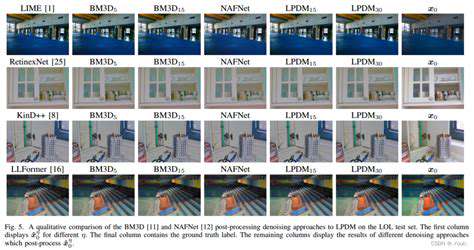Photography Gear for Travel [What to Pack]

Choosing the Right Lens for Your Needs
Selecting the perfect lens requires understanding how different optics transform your images. The secret to professional results lies in matching lens characteristics to your creative vision, whether you're shooting sweeping landscapes or intimate portraits. Wide-angle lenses stretch perspectives dramatically, while telephoto options compress space beautifully.
Prime lenses offer unparalleled sharpness at fixed focal lengths, whereas zoom lenses provide versatile framing options. Specialized tools like macro lenses reveal microscopic worlds, and fisheye optics create surreal distortions. Seasoned photographers often develop a sixth sense for which lens will best translate their mental image into reality, though this intuition comes from extensive practice.
Key Considerations When Selecting Lenses
Three fundamental elements should guide your decision: focal length determines your field of view, aperture controls light intake and depth of field, while optical quality affects image sharpness. Fast lenses with wide apertures (like f/1.4 or f/2.8) perform exceptionally in dim lighting and create dreamy background blur.
Budget constraints inevitably shape choices, but smart photographers prioritize lenses that will serve multiple purposes rather than chasing exotic specialty glass. Many professionals recommend investing in quality standard zoom (24-70mm) and telephoto zoom (70-200mm) lenses before expanding to more niche options.
Maximizing Your Lens Potential
Understanding technical specifications represents just the beginning. Image stabilization systems work miracles for handheld shooting, while weather sealing protects equipment during outdoor adventures. The difference between good and great images often comes down to mastering your lens's unique characteristics - its sweet spot aperture, distortion patterns, and flare resistance.
Online reviews provide valuable insights, but nothing replaces hands-on experience. Many camera stores offer rental programs, allowing photographers to test lenses in real-world conditions before committing to purchases. This practical approach prevents costly mistakes and builds genuine understanding.
Essential Accessories for Professional Results
Tripods: The Foundation of Stability
Tripods transform photographic possibilities, particularly for long exposures and precise compositions. Carbon fiber models combine lightweight portability with vibration damping, while aluminum alternatives offer budget-friendly stability. A quality tripod should feel like an extension of your creative vision rather than a cumbersome accessory.
Filters: Optical Enhancement Tools
Polarizing filters deepen blue skies and eliminate reflections from water and glass, while neutral density filters enable slow shutter effects in bright sunlight. Graduated ND filters balance exposure between bright skies and darker foregrounds. High-quality multicoated glass preserves image quality while providing creative control.
Protective Gear for Equipment Safety
Custom-fitted camera bags with padded compartments protect investments from impacts and weather. Hard cases offer maximum security for air travel, while sling bags provide quick access during shoots. Smart organization systems save precious seconds when capturing fleeting moments, making them worth their weight in gold.
Lighting Solutions for Challenging Conditions
Compact speedlights with bounce capabilities outperform built-in flashes dramatically. LED panels provide constant lighting for video and stills, while portable reflectors shape natural light beautifully. Understanding light modification separates snapshots from professional images.
Storage Solutions for Digital Workflow
High-speed UHS-II memory cards keep pace with burst shooting, while rugged portable SSDs offer reliable field backups. Cloud storage provides offsite protection for critical files. Implementing a redundant backup strategy prevents heartbreaking data loss from card failures or accidents.
Advanced Techniques for Exceptional Photography
Precision Control Accessories
Wireless triggers enable remote camera operation for wildlife and self-portraits. Intervalometers automate time-lapse sequences, while focus stacking rails create ultra-sharp macro images. These tools expand creative possibilities beyond basic camera functions.
Light Sculpting Equipment
Softboxes create flattering portrait lighting, while snoots produce dramatic spotlight effects. Grids control light spill, and colored gels introduce creative tones. Mastering light shaping transforms ordinary scenes into extraordinary images.
Maintenance for Long-Term Performance
Lens pens remove fingerprints without scratching coatings, while sensor cleaning kits prevent dust spots. Microfiber cloths and blowers maintain optical surfaces. Regular maintenance preserves equipment value and ensures consistent image quality throughout years of use.

When evaluating performance in devices like the [Specific Brand], speed represents just one dimension. True excellence emerges from the harmonious balance between rapid function and intelligent design. The most impressive technologies achieve their results through elegant engineering solutions rather than brute force approaches.






![Family Travel Itinerary Ideas [Worldwide Destinations]](/static/images/27/2025-05/ExoticAsianExplorations3AAncientWondersandVibrantCultures.jpg)




